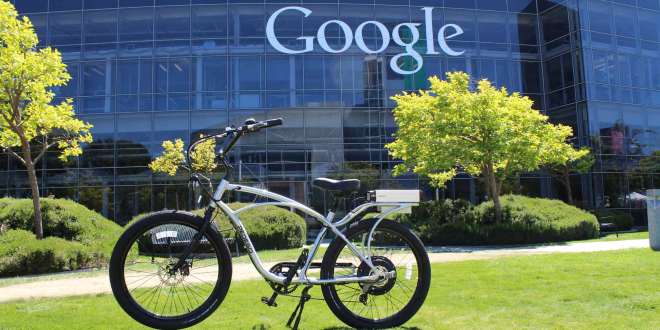Cloud computing is the practice of providing a range of services using remote computers connected to the internet. The cloud is a platform for a broad variety of tools and applications, including DevSecOps tools, data storage, servers, databases, networking, and software. The great majority of businesses use several clouds to provide services, including public clouds like Microsoft Azure and Google.
Cloud computing is becoming an increasingly appealing choice for organizations seeking to lower their environmental footprint while meeting their sustainability objectives. As a result, we will go through the primary advantages of using cloud computing solutions to protect the environment.
Reducing the Need for Travel
Cloud computing may reduce greenhouse gas emissions in two ways: directly by reducing the need for users to travel as much as possible, and indirectly by providing users with online communication tools that reduce the need for users to travel as much as possible. For example, by installing cloud-based unified communications as a service (UCaaS) solution, businesses may make it simpler for their employees to work remotely. This kind of solution is provided by a third-party supplier and includes a variety of useful web features such as audio, video, and message capabilities. This may allow teams to efficiently work and communicate regardless of where they are situated, reducing or eliminating the need for long trips and the emissions that come with them.
Lowering the E-Waste Mountain
Employing cloud computing solutions may also help to reduce the ever-growing mountain of electronic detritus. This is because it sets the stage for greater dematerialization, which is the process of replacing physical equipment with virtual analogs. The switch to cloud computing, on the other hand, allows organizations to reduce the amount of individual, on-site hardware necessary since the service is delivered through shared servers. As a result, the quantity of equipment that must be disposed of when it approaches the end of its useful life is reduced.
You will no longer need to invest in as much on-site hardware, pay for its care, or replace it as needed; instead, you will be able to pay for the exact amount of service you need, potentially saving money.
Decreasing Electricity Usage
Traditional data hardware systems need extensive maintenance by engineers. When this requirement is combined with the necessity for uninterruptible power supplies and cooling fans, a large amount of energy is used. When it comes to energy consumption, organizations that only look to shift basic software, such as their emails, may save up to 87%.
Cutting Greenhouse Emissions
When compared to the utilization of traditional locally housed servers, cloud computing results in much-reduced levels of greenhouse gas emissions (GHG) from data centers. According to one study that polled Salesforce customers, a fast-growing cloud computing corporation in the United States, carbon emission reductions of 95% were documented, in contrast to companies that had servers on their premises.
Moving to a cloud-based computer ecosystem is an effective way to combat climate change and reduce environmental impact. Measuring and reducing carbon emissions is a challenging task for any firm, but it is one of the most effective strategies to prevent climate change.
Retaining Top Performance
Cloud data centers are built to perform well, and as such, they often incorporate facilities for more energy-efficient backup power and cooling.
Because the overwhelming majority of businesses will not use their servers to their full capacity, there is a greater chance of underutilized equipment lying idle and squandering energy. When you migrate your operations to the cloud, your utilization rate will skyrocket since server capacity will be shared with other businesses. This suggests that there is less energy waste in general.
Providing Better Infrastructure
To prevent power loss during transmission, public cloud data centers are often located near their energy producers. Typical data centers have limited location alternatives unless the firm creating them is affluent. Because of advancements in technology, cloud computing data centers need fewer watts for backup power and cooling. These energy-efficient and temperature-controlled data centers can house a large number of users.
Supporting Remote Work
Working remotely has witnessed stratospheric growth in recent years, and the benefits that come with it are now starting to appear. Cloud computing has enabled organizations to increase in size and quality while also increasing their pace of expansion by allowing them to hire from anywhere on the globe.
About 55% of organizations worldwide now allow workers to work from home in some capacity.
This corresponds to more than half of all employees reducing the amount of time they spend in their automobiles or using public transit, resulting in lower carbon emissions.
Because everything can now be done digitally, the amount of power and physical resources required to operate offices has decreased.


